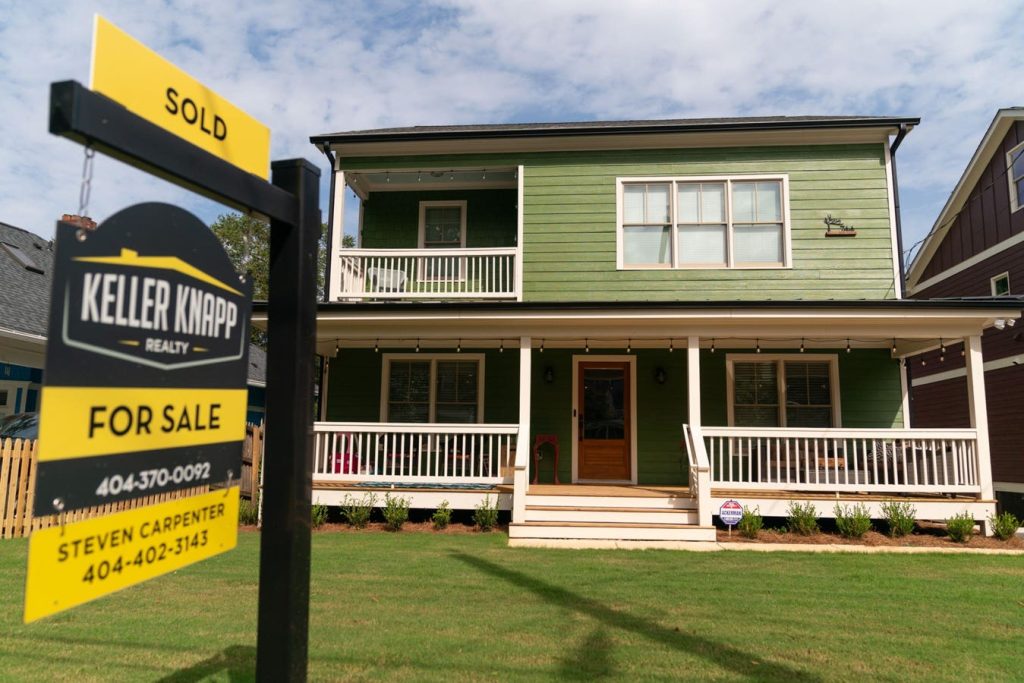Millions are waiting for the housing ownership market to straighten out. For the prices to drop, mortgage rates to go back to the good old days.
Everyone will have to keep waiting, because the currently the market is an ouroboros — the symbol of the serpent biting its tail, representing life, death, and rebirth. Though in this context of buying a home, it’s more pain, frustration, and starting up all over again, and the wheels within wheels that keep it going.
The most basic circulation is as follows:
1. The combination of housing prices and mortgage rates high compared to recent times make the purchase of a house difficult for all except those who have access to money, whether their own or family.
2. Traditionally, the housing market needs both new construction and the turnover of existing homes. The latter is stymied. Many who would perhaps move closer to a different area or downsize are locked into maintaining their current home because, like new buyers, they face high prices and expensive mortgages. And the former depends on developers who face high costs of construction and waiting for a buyer, plus they’re focused more on serving markets in the South and West with high influxes of populations moving for lower costs of living and more jobs.
3. The lack of greater supply keeps prices escalated rather than falling back to pre-pandemic prices (which, remember, were at nearly historical levels then).
Housing is expensive; people, including those who might move, can’t afford to buy; and that means lower inventory, driving up prices as you’d expect from an economics 101 supply versus demand graph.
There has been some movement downward, as the graph below shows:
But that drop isn’t nearly enough. At the end of 2022, the average house sales price was $552,6000, which was crazily high. By July 1, 2023, that number became $495,100. Still next to impossibly expensive, given that the price at the close of 2019, before the pandemic, was $384,600. It’s still a 28.7% jump in the period of a few years. That’s nowhere nearly what would have been under previous trends.
And then there are the mortgage trends. It might seem obvious to look at the Federal Reserve’s actions on changing interest rates, but the real question is about the trends for the 10-year Treasury securities. These are what lenders look at when setting mortgage rates because they have to keep investors happy as well as justify why lend money on a long-term when they could buy 10-year Treasurys that are considered eminently safe. The 10-year is currently offering nearly 5% interest, as the graph below shows.
Under these circumstances, there is no way that mortgage rates will go down, and the current average rates on a 30-year mortgage is just about 8%.
If wages were up, that might be fine, but in real terms — after inflation — they’re not. Instead, they’re falling again in year-over-year terms, as the graph shows.
None of this looks to be changing anywhere soon, which means the housing market will continue to depend on rentals.
Read the full article here
